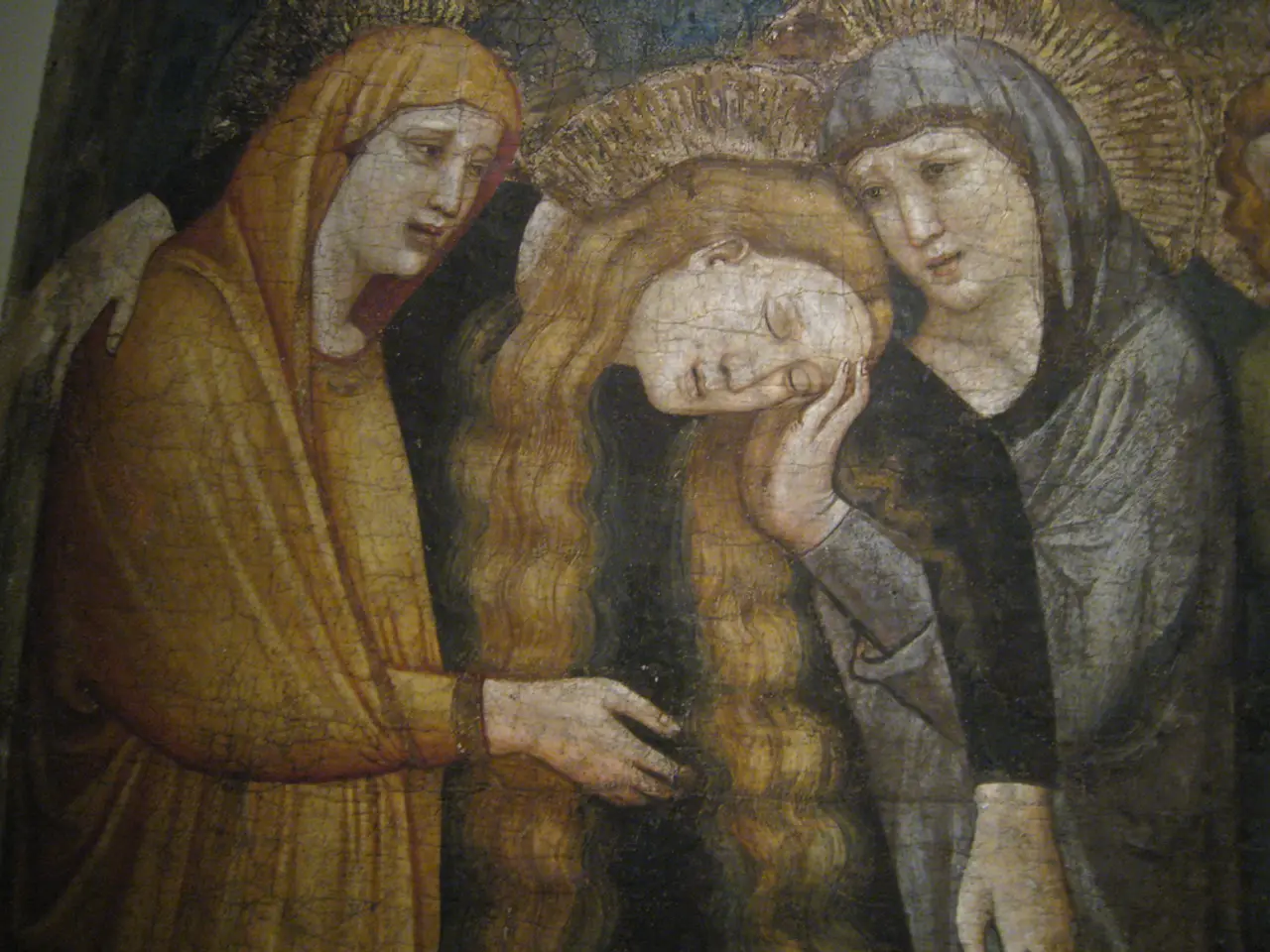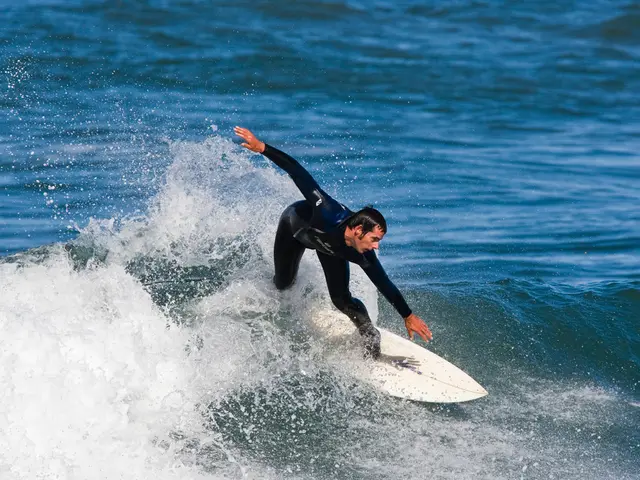Society's Image Mirrored through Artwork
Art as a Mirror and Catalyst of Society
In today's interconnected world, art has become a vibrant and dynamic reflection of society, transcending cultural and geographical boundaries. Globalization has facilitated the exchange of artistic ideas and influences, leading to the emergence of hybrid art forms.
Art, in its essence, serves as a visual or auditory record of the thoughts, feelings, and experiences of individuals within a particular society. It provides insight into the cultural, political, and social context of the time, making it a powerful tool for understanding historical periods and movements.
Throughout history, artists have used their work to reflect and shape societal values, beliefs, and social issues. Pablo Picasso's Guernica (1937), a powerful anti-war painting, became an iconic symbol of peace and anti-fascism, influencing generations to use art for political protest. Jean-Michel Basquiat’s graffiti-inspired paintings in the 1980s tackled issues of racism and inequality, challenging societal norms and providing commentary on marginalized social groups.
During the American Revolutionary period, artists like Patience Wright created politically charged works that embodied the radical political ideas of the era. Eugène Delacroix’s Liberty Leading the People (1830) commemorated the French July Revolution, symbolizing justified revolt and the fight against monarchy.
In more recent times, the street art movement, with figures like Banksy and Shepard Fairey, uses public art to challenge societal norms and promote political and social change. For example, Fairey’s “Hope” poster became a symbol of political mobilization during Obama’s campaign.
Technology and globalization have revolutionized artistic expression, enabling new mediums such as digital art, virtual reality, and interactive installations. Moreover, technology has democratized access to art, allowing artists to reach wider audiences through online platforms and social media.
Art's role in society is multifaceted. It not only mirrors cultural values and beliefs but also responds to political and social issues, advocates for change, evolves in response to societal shifts, and challenges society to reflect on its values and beliefs. Artists have a responsibility to reflect and challenge society by addressing pressing issues and advocating for positive change.
In conclusion, art serves as a vital mirror of cultural values and beliefs, a catalyst for change, and a platform for marginalized voices to be heard. It continues to play a significant role in shaping societal discourse and influencing cultural and political developments.
Visual art, much like a lens, sheds light on society's trends in fashion-and-beauty and lifestyle, providing a snapshot of cultural shifts in a particular era.
The food-and-drink industry has also found a creative outlet through culinary art, showcasing cultural diversity and celebrating family relationships.
Art pet projects have gained traction, depicting the special bond between people and their pets, emphasizing the importance of relationships.
Travel and exploration are themes often explored in modern art, connect us with the world and broaden our horizons, adding new spaces to the map of our personal growth.
Cars, a symbol of status and progress, have been featured in numerous artworks, reflecting society's obsession with industry and career-development.
Education-and-self-development is advocated through art, enlightening individuals and fostering wisdom in personal-growth pursuits.
Shopping experiences, now integrated into our daily lives, are showcased in art as well, exposing social dynamics in the consumeristic society.
The ever-changing, vibrant landscape of sports has become a fertile ground for art, not only as a subject of visual art but also in the form of sports-betting and sports-analysis, accounting for the meteorological forecast of the sports world. Weather forecasters, in their own way, are like contemporary prophets, predicting the future performances of sportsmen and suggesting winning strategies, demonstrating that even the unpredictable has its patterns.




